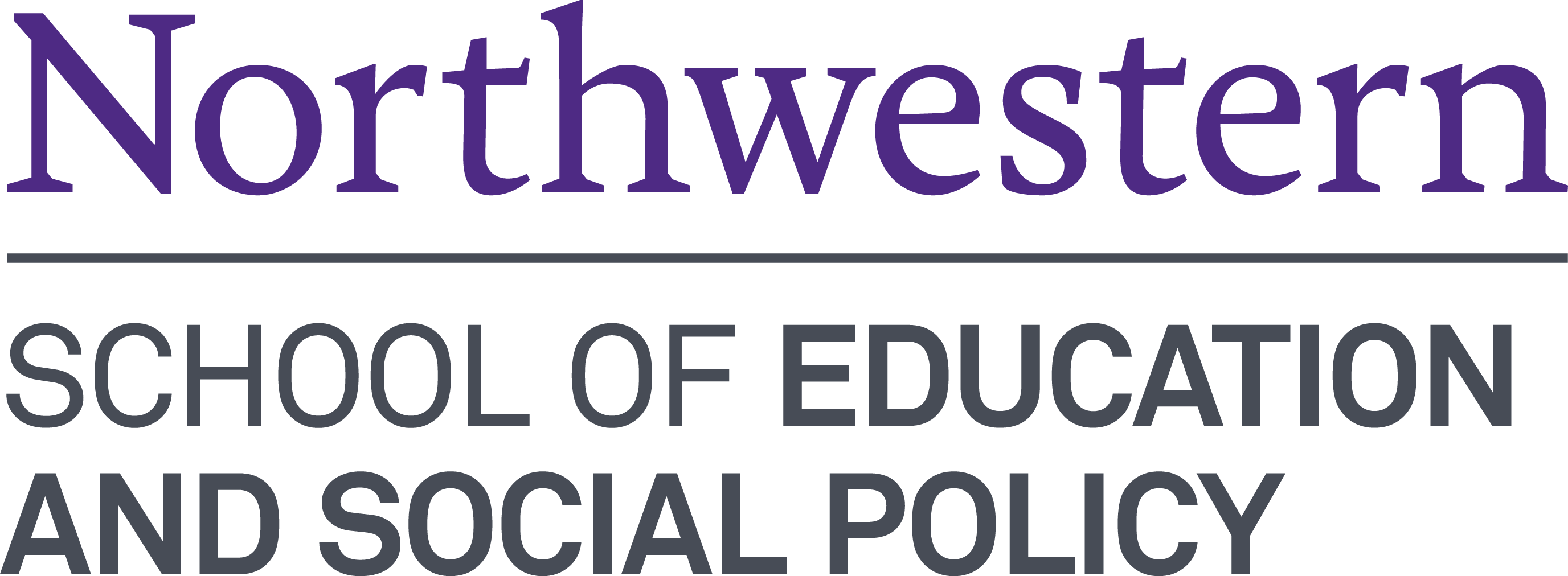Interested in developing your skills as a teacher? Explore online education short courses designed to give you an in-depth understanding of various skills in teaching.
The program cards featured on this page were last updated in August 2020. For the most current program information, please refer to the official website of the respective school.


